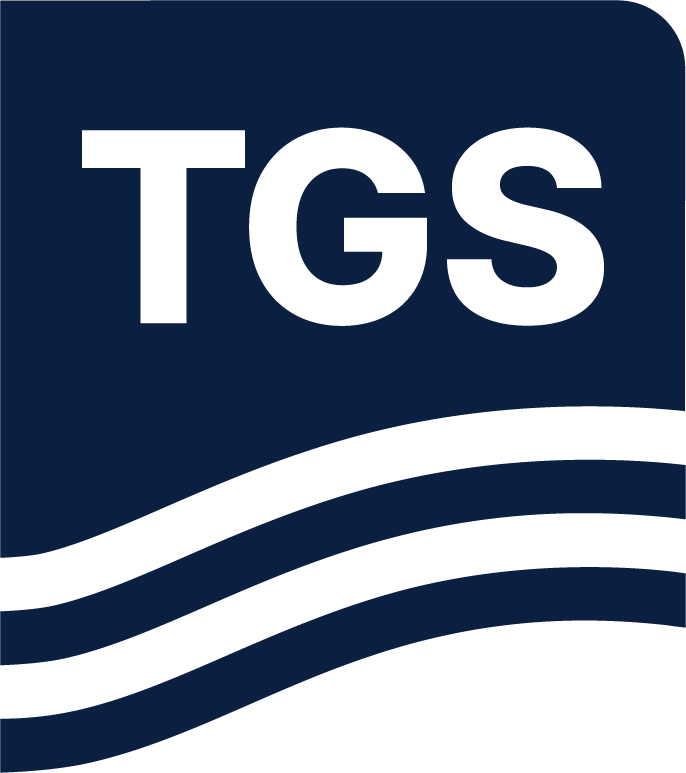Geologic insights into Bone Spring and Wolfcamp formations in the Delaware Basin
Last week we discussed the Permian Basin's M&A activity, which totaled $234 billion in 2023 and $105 billion in 2024. This consolidation aimed to enhance operational efficiency through economies of scale and secure prime (Tier 1) acreage. Despite these efforts, recent analyses indicate a decline in well performance and an increase in breakeven prices, suggesting a possible exhaustion of Tier 1 acreage. Specifically, wells drilled between 2023 and 2024 showed an average productivity decline of 5% per lateral foot compared to those drilled between 2021 and 2022. The Bone Spring Formation experienced a 12% decline, while the Wolfcamp Formation saw a 1% decrease across the greater Permian Basin. Correspondingly, breakeven prices rose by an average of 9%, with the Bone Spring and Wolfcamp formations increasing by 16% and 3%, respectively. These trends imply that the most productive areas may have been extensively developed, leading operators to explore other parts of the basin stratigraphically.
Using Well Data Analytics TGS Landing Zones and Well Performance Data, we conducted an in-depth geologic analysis of the Bone Spring and Wolfcamp formations in the Delaware Basin. We evaluated the following TGS Landing Zones:
- 1st Bone Spring Sand: Predominantly composed of fine-grained sandstones interbedded with shales, indicative of turbiditic depositional processes.
- 2nd Bone Spring Sand: Features a mix of sandstones and carbonates, reflecting alternating high-energy and low-energy depositional environments.
- 3rd Bone Spring Lime: Characterized by limestone deposits, suggesting periods of carbonate platform development.
- 3rd Bone Spring Sand: Similar to the 1st and 2nd intervals but with variations in sediment composition and depositional patterns.
- Wolfcamp A: Comprised of interbedded shales and carbonates, serving as both source and reservoir rocks. Also included in the Wolfcamp A evaluation were the Wolfcamp X, Y, and Shale units.
- Wolfcamp B: Similar to Wolfcamp A but with variations in organic content and porosity.
- Wolfcamp C: Characterized by deeper, more carbonate-rich deposits.

Figure 1. Bone Spring Formation production trends from 2016 to 2024 in the Delaware Basin.

Figure 2. Wolfcamp Formations production trends from 2016 to 2024 in the Delaware Basin.
We also investigated alternative formation targets, including the Brushy Canyon/San Andres, Strawn, Woodford Shale, Devonian Carbonate, Silurian Shale, Fusselman, and Simpson. Notably, the Fusselman and Devonian Carbonate formations demonstrated positive production trends, indicating their potential as viable targets for future development (Figure 3). Although these formations show promise, we did not consider the impacts of drilling and operational costs, and the data sample size was much smaller due to minimal production in these formations compared to Bone Spring and Wolfcamp.

Figure 3. Alternative formations production trends from 2016 to 2024 in the Delaware Basin.
As the industry continues to adapt to shifting geological and economic conditions, identifying and optimizing alternative production targets will be critical for sustaining long-term output in the Delaware Basin.
For more information about TGS Well Data Analytics or to schedule a demo, contact us at WDPSales@tgs.com.


